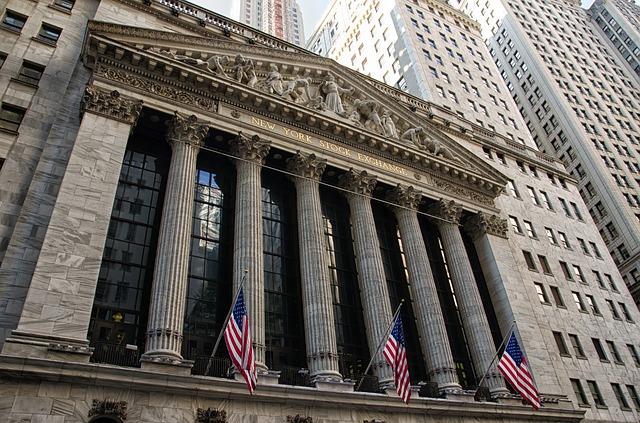Few assets have been safe this year from the pummeling in financial markets, and junk bonds also have been rather, well, trashy. Year-to-date, the SPDR Bloomberg High Yield Bond ETF JNK has lost 16%, in what is almost certainly going to be the worst performance since the 2008 financial crisis. Its spread to Treasurys has now surpassed 500 basis points for the first time since November 2020.
But what it does mean is that high yields are now, if not lofty historically, a pretty hefty 8.4%. Only twice in the past 30 years have yields risen so quickly, according to data from Boston-based value-focused fund manager GMO.
Rachna Ramachandran, a researcher at GMO, points out the higher yield means the asset class can absorb a lot more bad news. An 8.4% annual yield can absorb a default rate of 12% in the subsequent 12 months, which is a big jump given the default rate over the previous year has been about 1%. “While that’s likely to go up over the coming months, reaching a double-digit default rate that quickly would require a sizable credit shock,” she says. Last month, S&P projected the default rate in speculative grade companies could reach 3% by 2023.
That isn’t to say that yields couldn’t rise further. But, she says, yields would need to rise by almost 100 basis points in the next 6 months, or over 195 basis points in the next 12 months, before an investment now would be underwater.
Historically, at these yields, the 12-month returns have been enticing. The only time they weren’t was during the global financial crisis. Which is another way of saying, in the absence of a deep recession, high-yield bonds now have a favorable risk/reward profile, she says.
The buzz
Quadruple witching — the expiration of index futures and options, and single stock options and futures — takes place Friday.
U.S.-listed shares of Alibaba BABA surged 10% after Reuters reported that China’s central bank has accepted an application from Ant Financial to set up a financial holding company.
Not only did the Bank of Japan not raise interest rates on Friday, it reaffirmed its yield control guidance. The U.S. dollar USDJPY soared against the yen, though the central bank did say it would closely watch the impact of exchange rate moves on the Japanese economy.
Federal Reserve Chair Jerome Powell is due to make welcoming remarks at a conference on the international role of the U.S. dollar. Data on industrial production and leading indicators are due for release.
Adobe ADBE shares issued softer-than-expected guidance for the August-ending quarter.
According to the New York Times, SpaceX has fired employees who helped to write a letter critical of the behavior of CEO Elon Musk, who also heads Tesla TSLA and is trying to buy Twitter TWTR.
The European Union recommended that Ukraine be given candidate status.
The market

After the Dow industrials DJIA on Thursday fell below the key 30,000 level, U.S. stock futures ES00 NQ00 were pointing to a brighter start.
The yield on the 10-year Treasury BX:TMUBMUSD10Y slipped further, to 3.22%. Oil futures CL rose, and bitcoin BTCUSD was trading above $20,000.
Top tickers
Here were the most active stock-market tickers as of 6 a.m. Eastern.
| Ticker | Security name |
| TSLA | Tesla |
| GME | GameStop |
| AMC | AMC Entertainment |
| NIO | NIO |
| AAPL | Apple |
| RDBX | Redbox Entertainment |
| AMZN | Amazon.com |
| TWTR | |
| MULN | Mullen Automotive |
| XELA | Exela Technologies |
Random reads
Delta Air Lines DAL is turning away customers who go to its lounges too early.
An 18th-century cockroach was discovered in a slave-trading ship ledger.
Farmers in Ukraine are tricking Russian troops with poisonous cherries.
Need to Know starts early and is updated until the opening bell, but sign up here to get it delivered once to your email box. The emailed version will be sent out at about 7:30 a.m. Eastern.
Want more for the day ahead? Sign up for The Barron’s Daily, a morning briefing for investors, including exclusive commentary from Barron’s and MarketWatch writers

